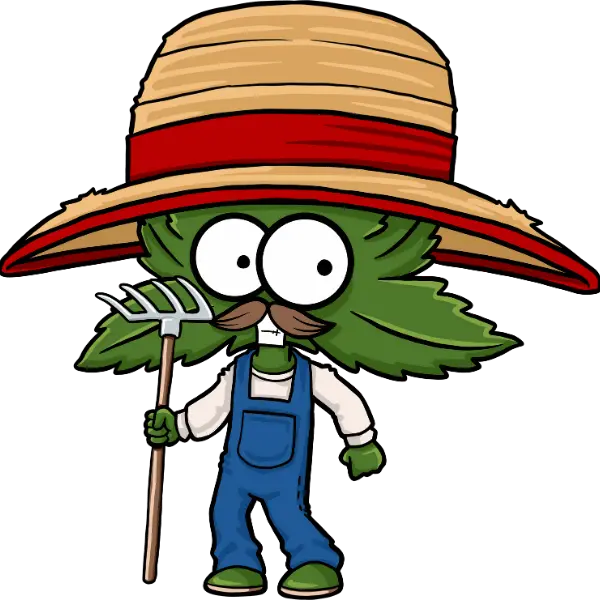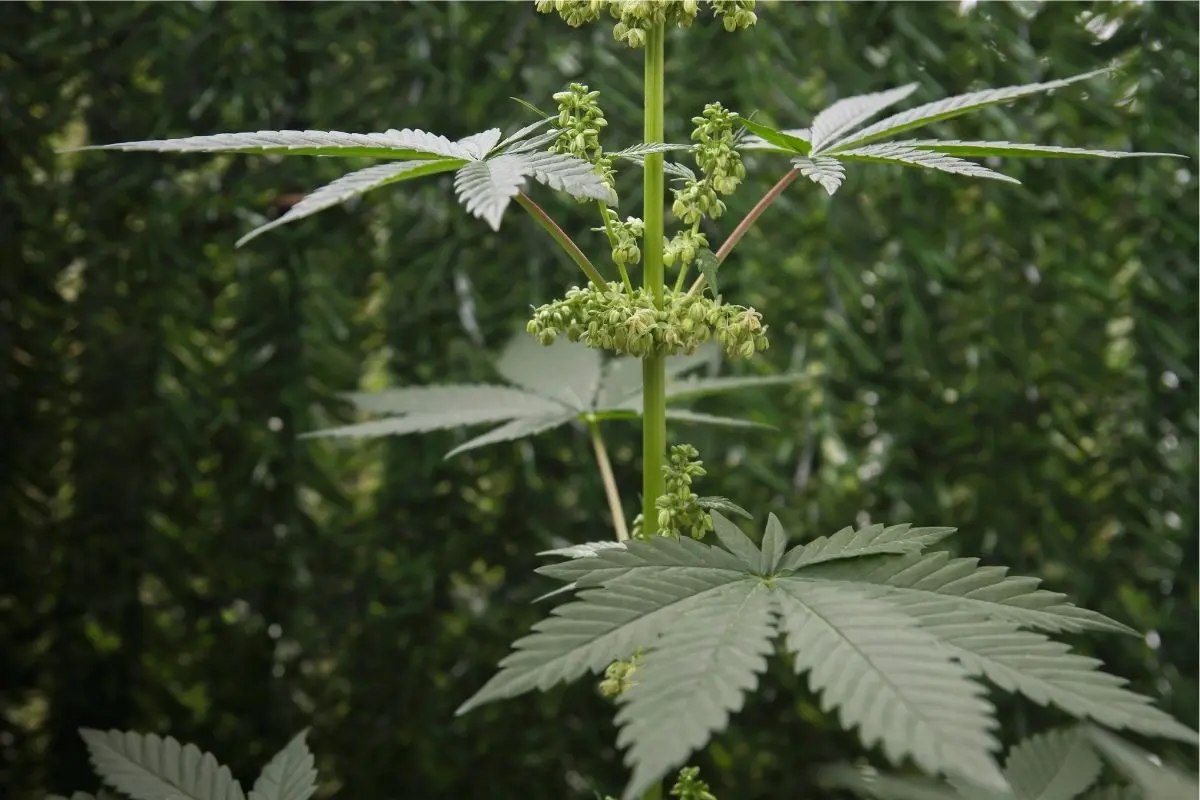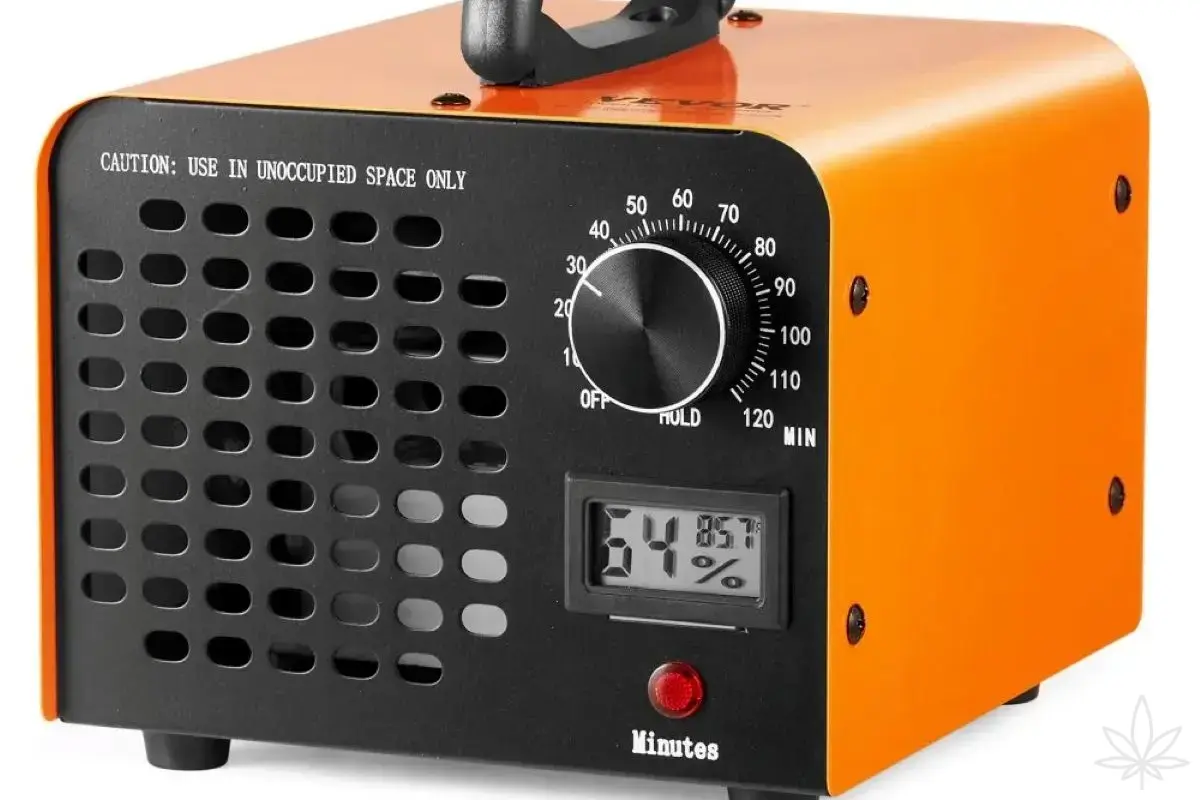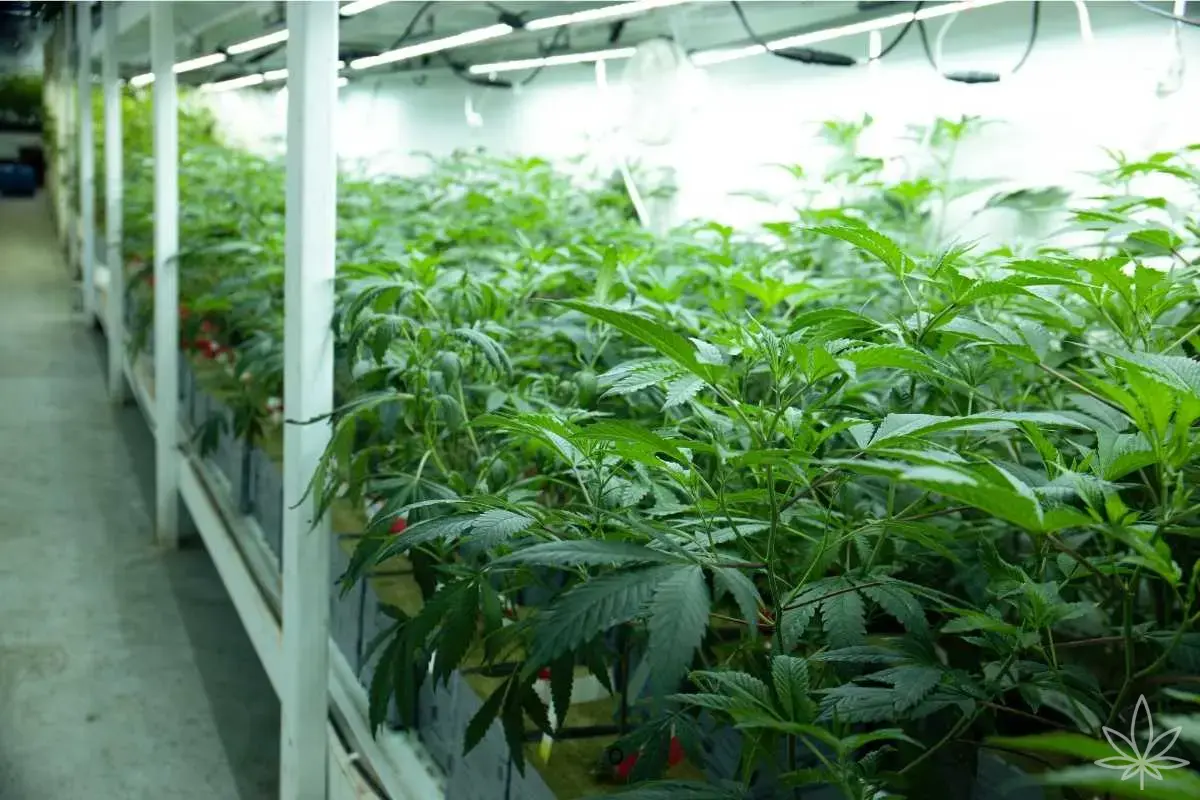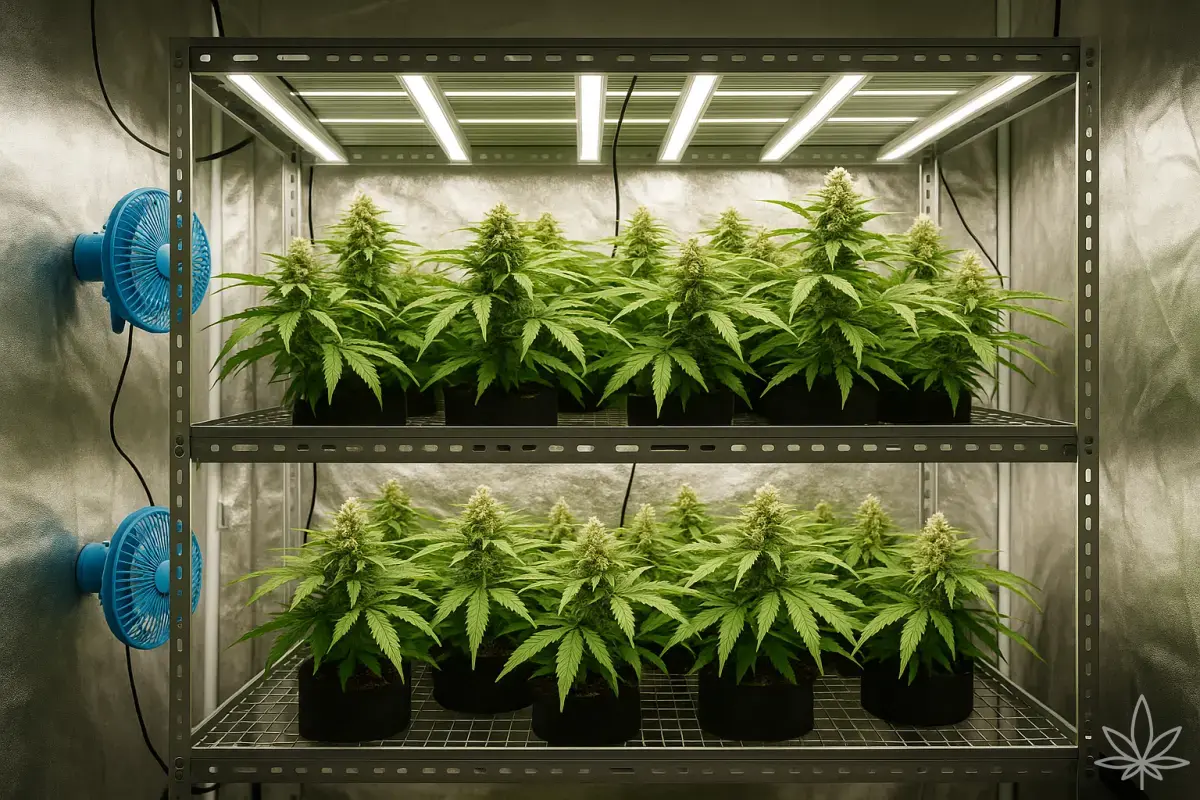Nothing ruins mid-flower vibes like yellow “nanners” poking out of calyxes or sudden clusters of male “balls.” The good news: in most cases you can prevent it — and if it happens, you can limit the damage. Here’s a simple guide: why hermies appear, how to catch them early, how to secure the tent, and exactly what to do once you spot an intruder.
Table of contents
- TL;DR / Quick start
- Why a plant turns “hermie”
- How to tell: balls vs. nanners
- Step-by-step prevention (gear, parameters, plant work)
- Rescue plan once nanners appear
- Seed maturity and the decision: chop or finish?
- FAQ
- Checklists (anti-hermie & rescue action)
TL;DR / Quick start
- Top culprit: light at night (leaky tent, device LEDs, peeking during “off”).
- Other stresses: T/RH swings, over/underwatering, lamp heat, re-vegging, aggressive training in weeks 1–3 of flower, weak genetics/bagseed.
- Prevention:total darkness, 10-min dark test, tape over LEDs, solid timer, stable 20–26 °C and 40–55% RH in flower.
- If you see single late-flower nanners: pluck with tweezers, mist with water (water deactivates pollen), monitor daily.
- If balls/male clusters show early and in numbers:remove the plant or isolate — risk of pollinating the whole tent.
Why a plant turns “hermie”
Hermaphroditism isn’t a “disease” — it’s a defense response: the plant tries to reproduce “just in case” due to stress or genetic predisposition.
Main causes:
- Light during night: any leak in 12/12 can disrupt the photoperiod. Watch for: power-supply LEDs, controllers, strips (even very dim), zipper gaps.
- Environment swings: heat >30 °C, drops <18 °C, RH >65% for long in flower, sudden drafts/cold nights.
- Water/nutrient stress: chronic dry/soak cycles, big EC/pH swings, starvation or overfeeding.
- Mechanical/biological stress: heavy LST/HST right after flip, transplanting in weeks 1–2 of flower, re-vegging (e.g., power outages), pests (thrips, mites).
- Genetics: seeds from accidental pollination (“bagseed”) and poorly stabilized lines throw nanners more often.
How to tell: balls vs. nanners
- Male flowers (“balls,” clusters): green/yellowish balls on short stalks, grow in clusters, no pistils. Often show early (weeks 2–4 of flower). High risk of pollination.
- Nanners: single yellow tongues like mini bananas, usually emerge from female calyxes among pistils. Often late in flower (stress/plant “fatigue”). Lower but real risk — they contain pollen.
- Female preflowers (OK): teardrop calyx + white hairs. If you see balls with no hairs — act.
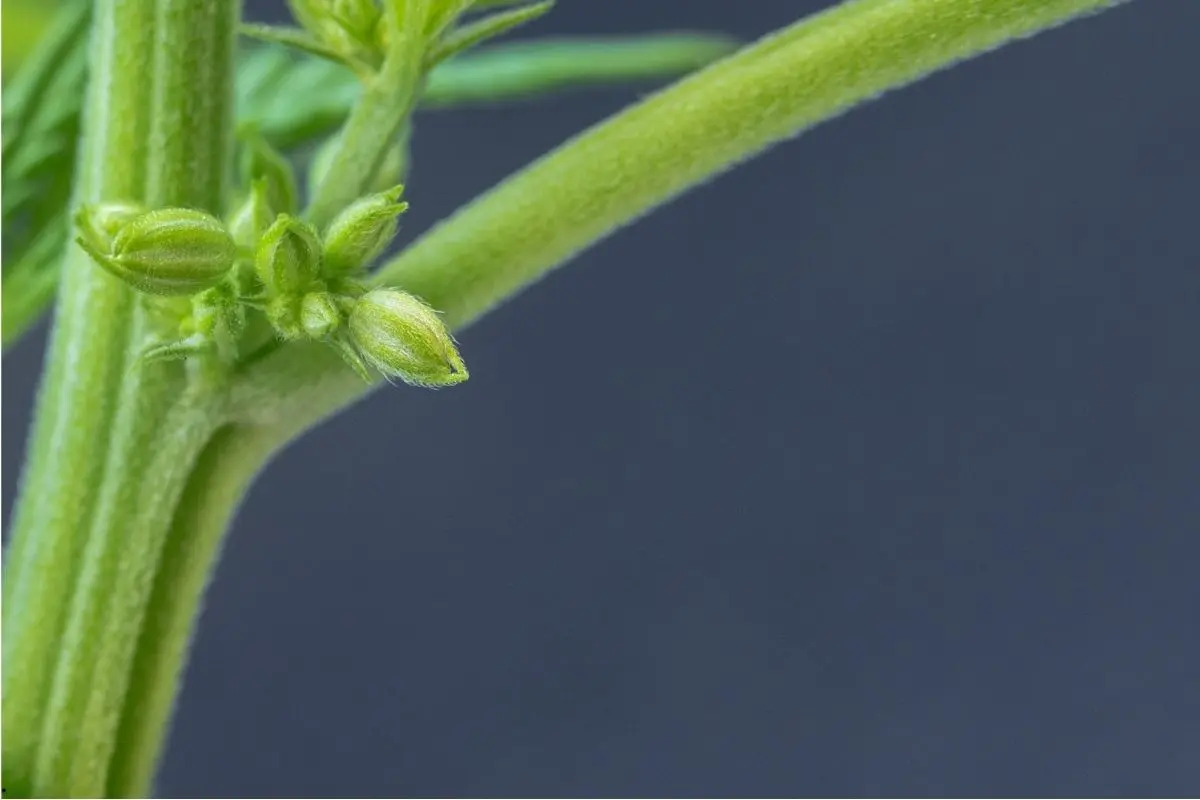
Step-by-step prevention
1) Absolute darkness (photoperiod)
- Do a dark test: lights off, sit in the tent for 10 minutes. If anything glows once eyes adapt, seal it (butyl/electrical tape, black duct collars on ports).
- Cover LEDs on power supplies, controllers, hygrometers (or turn them away).
- Don’t peek at night with white/warm flashlights; if you must, use green light.
2) Stable environment
- Flower day:24–26 °C, 45–55% RH.
- Flower night: −2–3 °C vs. day, RH ≤55% (watch the post-lights-off RH jump).
- Constant circulation, but no direct blast at buds.
3) Plant care & work
- Train and transplant before flip. In weeks 1–3 of flower only gentle cleanup (lollipop/defoliate with restraint).
- Watering: even and to light runoff; avoid “drought–flood.”
- Feeding: keep EC tidy; no nutrient roller coaster.
4) Genetics & starting material
- Buy reputable seeds from stabilized lines; avoid bagseeds (often carry hermie tendency).
- Take clones from trusted sources (no re-veg history or severe stress).
Rescue plan once nanners appear
Scenario A — single nanners, mid/late flower
- Turn off oscillating fans near the plant to avoid spreading pollen.
- Lightly mist water over and around the spot (water binds/deactivates pollen).
- Put on gloves, take tweezers, gently pluck the nanner, drop straight into a bag.
- Mist again on the spot and nearby leaves/flowers.
- Resume airflow after 2–3 minutes, inspect daily.
- If nanners keep returning in many places — consider isolation or early harvest.
Scenario B — balls/clusters early in flower
- This is red-alert: real chance to seed everything. Safest is to remove the plant from the tent. If you insist on saving it: isolate to another box and pluck clusters daily before they open — high effort, high risk.
Extra “hygiene” steps
- After the operation, wipe surfaces with a damp cloth (pollen is light and stubborn).
- During inspections keep RH closer to 50–55% — very slightly reduces pollen mobility (then return to normal flower targets).
Seed maturity and the decision: chop or finish?
- From pollination to mature seeds is usually 3–6 weeks.
- A late nanner (e.g., week 7–8) often won’t have time to make mature seed — buds can still be usable and mostly seed-free.
- Early/heavy pollination = risk of a seedfest. Sometimes it’s better to chop earlier than lose the whole run to seeds.
FAQ
Do feminized seeds herm more often?
Good feminized lines do not. Problems come from poor selection or seeds from stressed/reversed plants without proper stabilization.
Can you use “pollinated” buds?
Yes, but yield and quality drop: the plant redirects energy to seeds and buds get seedy.
Do nanners always make seeds?
Not always. Single late-flower nanners often don’t manage to pollinate or give just a few seeds.
Is a green flashlight really “safe”?
Plants respond least to green wavelengths, so a green light for brief night checks is an acceptable compromise — but full darkness is best.
I have one hermie — will seeds from it make more hermies?
Often yes, higher risk. Better don’t use them as seed stock.
Checklists
Anti-hermie (prevention)
- 10-minute dark test done — zero light at night
- LEDs taped and zippers/ports sealed
- Timer (digital or solid mechanical) + backup plan for power cuts
- Flower: 24–26 °C day, 20–23 °C night; RH 45–55%
- Training and transplant before flip; in flower only light cleanup
- Even watering, no “drought–flood”; stable pH/EC
- Genetics from reputable breeders (avoid bagseed)
Rescue action (when you see nanners)
- Turn off nearby oscillators, mist area with water
- Remove nanner with tweezers to a bag, mist again
- Daily inspections (30–60× loupe helps)
- If nanners return — isolate the plant or harvest early
- Wipe surfaces with a damp cloth afterwards
Summary: Hermies aren’t a death sentence — they signal something off in environment or genetics. Seal the “night,” stabilize parameters, and act as soon as you spot nanners. In most cases you can still bring in a decent harvest; over time — by removing stressors and sticking to stable seeds — hermies simply stop showing up.
